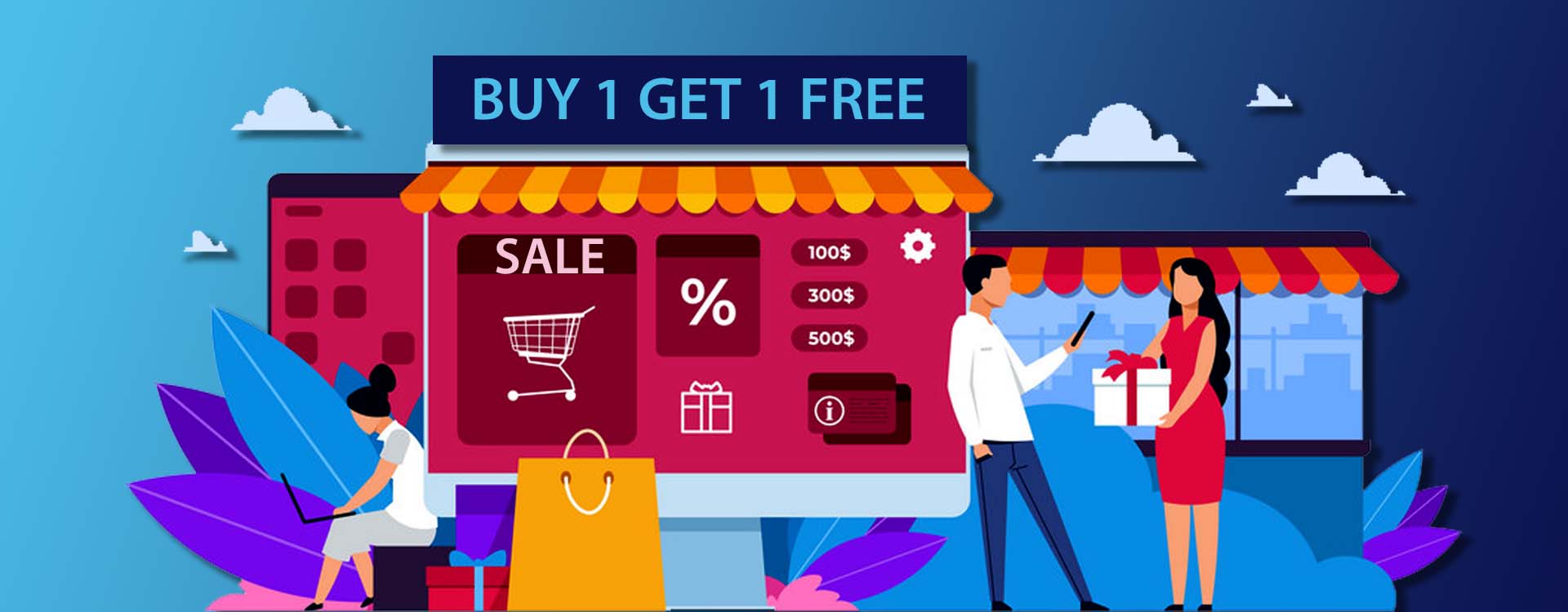In recent years, one of the critical retailing concepts to have emerged is the ‘Buy One Get One’ model for customers or ‘Buy One Give One’ for businesses. If you go by the book, Buy One Give One, or BOGO, is a social entrepreneurial model that encourages customers to buy products while helping those in need.
Founded in 2006, the Los Angles based Toms Shoes initiated the BOGO model by donating many items to needy children in developing countries for every item sold to a customer; thus, Toms Shoes is accredited for this model. Though Toms Shoes was embraced, the model has often been criticised by consumers and businesses alike.
Advocates of the BOGO model believe that it is sustainable to add more social and business value to society. Critics argue that these measures are used as nothing more than selling opportunities by commodifying low-income families. There are also various limitations to this model. For instance, it can be a promotion and branding experience however it cannot be a long-term viable business option for new ventures.
‘‘
Consumers place a high value on brands that try to serve those in need.
Buy One Give One Sale and which Businesses Use it?
The BOGO sales structure varies by industry. Although sold as buy one, get one free, in most cases, customers get both items at a 50% discount. In some stores, customers also receive a 50% discount when purchasing only one item. Afterwards, companies send the equivalent products sold under BOGO to charity and such related causes.
Most commonly, Buy One Get One sale is witnessed in supermarkets and retail stores. Most businesses use this format to clear their inventory or marked down goods which mean items approaching expiration date. Here in India, this practise is prevalent in Reliance Retail grocery sections such as Jiomart and Reliance Smart. Stores that sell perishable items as well as Fast-Moving Consumer Goods are more likely to have this sales model.
Pros and Cons of the BOGO Model
Pros
The Buy One, Get One model is an effective way to generate cash flow. Businesses can use BOGO if they want to earn more. Often, enterprises mould the terms and conditions so that people tend to buy more products to meet the BOGO criterion, which makes more money for the company.
This model has foundational lines in its ability to help those who have a set budget for the week and for the month or are living with the budget provided by the government. Despite, not having surplus for oneself or if the consumer wants to be a part of the philanthropic act (donation), BOGO can be an option. The consumer through this model feels they have made a positive difference.
Cons
On the other hand, the BOGO model effectively destroys local businesses while going against local industry and increases local unemployment. In terms of philanthropy, people living in poverty do not benefit much from it in reality. The benefits they get generally depend on the goods rather than getting empowered. Due to this, BOGO is rendered as a mere marketing gimmick and a sales promotion propaganda.
The Larger Limits of Buy One Give One Model
Most socially responsible companies cannot succeed by providing products and services for free. It is a mistake to consider that the BOGO model can solve the problem of economic inequalities. The buy one give one model cannot explicitly differentiate between companies’ nature and category, which could compromise the company’s long-term stability. This model is not concerned with supply chain equality but creates a simple short-term selling solution.
At the end of the day, an all-embracing business sells commodities that people want while inspiring employees to do their job adequately. Evidently, buy one give one model is not a sustainable business model. Donating goods or resources does not address the core underlying causes of poverty. In fact, donating stuff for free could potentially prevent any transition to a longer-term, deeper solution by creating dependence within a beneficiary community for external help.




